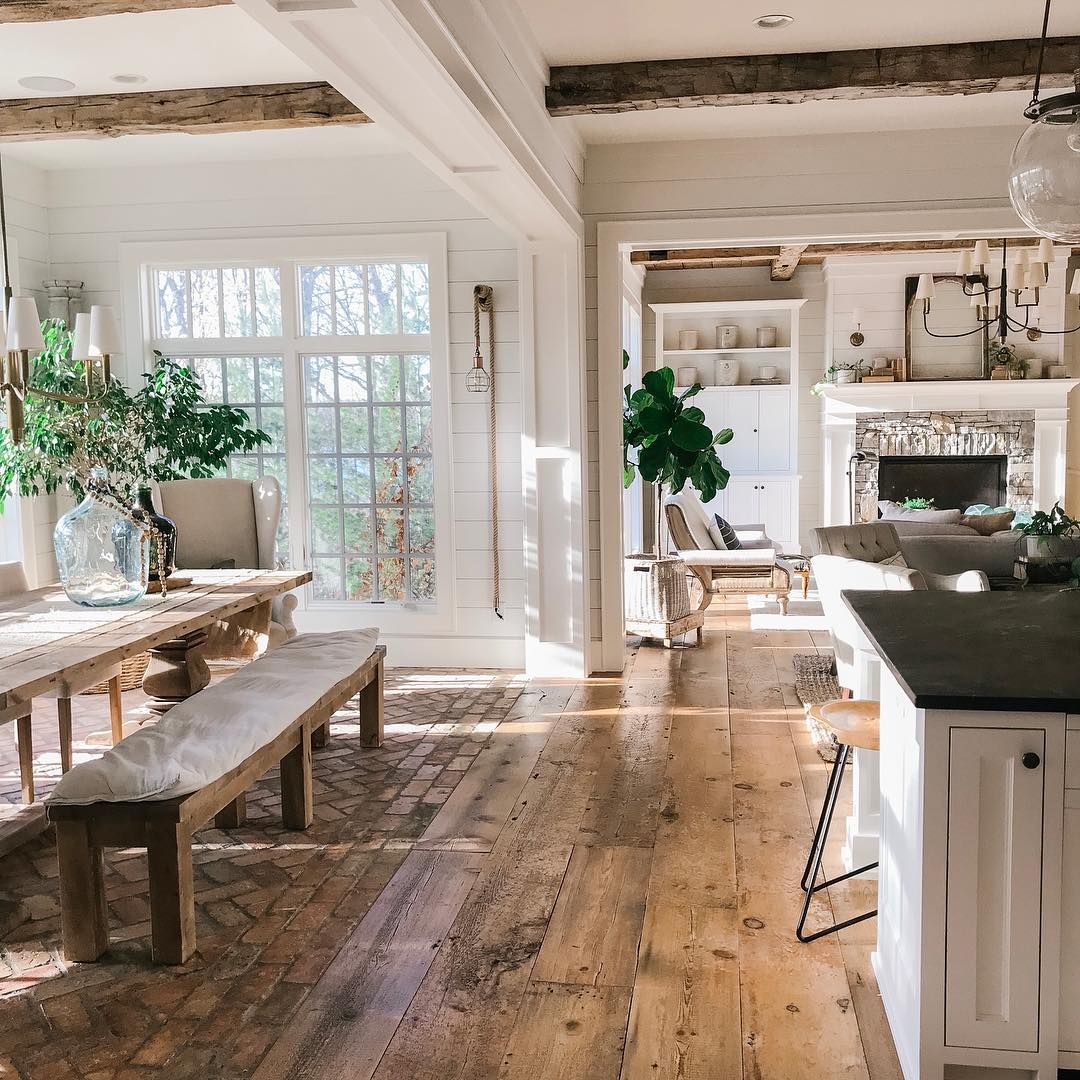Table Of Content

Later, dormers became a useful solution for many Cape Cod homeowners to expand their living space. These pop-out windows allow some breathing room for the half-floor on the second level, making it suitable for bedrooms and bonus spaces. Cape Cod houses are defined by their simple shapes and limited exterior ornamentation.
Exterior Characteristics That Define a Cape Cod House
This home may have a picket fence in the front yard, but don't be fooled when calculating the age of this structure. The recessed entryway is an architectural solution to the rain-dripping and snow-melting problems of traditional Cape Cod designs. That's not to say that some pilgrim didn't think of this solution first.
Exterior characteristics and features of the Cape Cod house style
Traditional, colonial-era homes are easily identifiable — rectangular shape; moderately steep roof pitch with side gables and a narrow roof overhang; one story of living area with a half story of storage area below the roof. Originally they were all constructed of wood and sided in wide clapboard or shingles. The facade had a front door placed at the center or, in a few cases, at the side — multi-paned, double-hung windows with shutters symmetrically surrounded the front door.
The Cape represents classic, old-school Americana.
Nowadays, Cape cod homes use exterior paint colors that lean conservative in style. To maintain a traditional Cape Cod Style trim colors are often kept a light color or white. Early Colonial homes may have been designed simple and solid to withstand harsh New England winters, but our fondness for the classic Cape Cod house style remains remarkably strong. Many traditional Cape Cods will also feature exposed wood ceiling beams thanks to their simplistic, practical architecture. These gabled roofs are one of the most popular roof styles, owing to their simple, unornamental style and practical, weather-friendly pitch. The pitch (or angle) of the sections can be customized for climates that experience a lot of snow or rain.
Cape Cod house for sale in Falmouth: A-frame with big water views - Cape Cod Times
Cape Cod house for sale in Falmouth: A-frame with big water views.
Posted: Fri, 16 Feb 2024 08:00:00 GMT [source]
They typically tend to be smaller (often having three bedrooms to the Colonial's four or five), and modern Capes are characterized by the dormer windows that are less common to newer Colonial homes. Typically, the term "double-Cape" refers to a large Cape Cod designed for multiple families to be used as a duplex. Full Capes serve as single-family residences, and they were originally characterized by an open living room and kitchen in the middle of the home. This central room opened up with doors to several different bedrooms and often a formal living room—but most modern designs place more of the bedrooms upstairs. The quarter-Cape is by far the smallest style of Cape Cod homes, and it's particularly rare to see today. This style of home was often built by early American settlers as the beginning of a larger home.
Plan: #198-1060
You can further reduce exterior maintenance when you choose prefinished Hardie® fiber cement siding products are a perfect choice for Cape Cod exteriors. Browse the prefinished colors in our Statement Collection™ products, or consider one of the more than 700 colors in our Dream Collection™ products. If someone asked you to envision a classic American cottage, the picture of a Cape Cod house surely comes to mind.
Plan: #142-1249
The second wave of Cape Cod Revival began during the 1920s until the end of World War II, which further spread the popularity of this style home in the US, especially for the returning soldiers who needed economical housing. Cape Cod style homes were the solution to the post-war housing shortage. They were later replaced by the more ornately decorated Georgian & Victorian homes at the start of the 20th century. Similar to the exterior geometry, the interior layout is planned symmetrically with the front door opening into the majestic central hall. Most of the houses are comparatively smaller, ranging from 1000 to 2000 square feet in size. The most modern of adaptations for the 20th century would be the garage facing front so the neighbors knew you owned an automobile.
The final addition to the stark design of the Cape Cod style house is the front porch, which has become as traditional an element as the weathered shingle siding or the dish antennae. Since Cape Cod house style is typically free of any ornamentation, it’s easy to write it off as bland. But, as architect Kevin Lichten argues, its simplicity has made this a lasting home trend.

Plan: #142-1036
Just like the dream we have of the seaside cottage, the soldiers coming back from World War II had the dream of families and home ownership. Everyone knew Cape Cod, nobody had heard of Cape Ann, so developers invented the Cape Cod style, loosely based on reality. While both styles feature symmetrical horizontal and vertical lines, you’ll find more diagonal lines on the Cape due to the gabled roof and dormer windows. Small Cape Cod house plans are the perfect choice when building a smaller home since that's how they were traditionally built. Building a small Cape Cod house may start at $148,000+, but the price ranges depending on various factors.
It also featured a large central chimney and a pitched roof, which gives it the classic gables on either side.Traditionally, it was clad in wood, since that was more readily available in New England than stone or brick. “Every once in a while, there will be a house with lap, which is usually in a very narrow reveal of about 4 inches. Dormer windows were a 1920s development that allowed more light and air to reach upstairs rooms. The Cape Cod cottage–type house (it is a form or type, not a style, though commonly – mistakenly – referred to as a style) originated in the wood-building counties of England and was brought to America by Puritan carpenters. Using local materials—cedar for roofing and siding shingles, oak and pine for framing and flooring[2]—settlers built houses locally adapted to New England's extreme winter climate.
The interior of traditional Cape Cod houses are constructed from durable materials like cedar, oak, and pine. Original Cape Cod homes also had hardwood floors, which remain popular today. A modestly scaled interior meant that original Cape Cod homeowners had to maximize whatever details they included in their homes. To gain sunlight whenever possible, windows were often extended very high, often up to the roofline. A half-story on a second floor was a way for Cape Cod homeowners to gain square footage but save on building costs. Although there are some usage limitations, the half-story is well worth it for the extra space.
To give your exterior new life, add pops of color with decorative shutters. On a grand scale, Victorian houses are instantly recognizable for their multi-colored exteriors, turrets, gables, gingerbread details, and substantial wraparound porches. In contemporary design, Victorians work well with Boho decor since both include lots of details and multiple colors and patterns. The modest size of Cape Cod homes often translated into modest use of details. Houses of this style are often sited to maximize available sunlight, with the biggest windows facing south. This positioning helps minimize heating costs while bringing ample natural light into rooms.



















